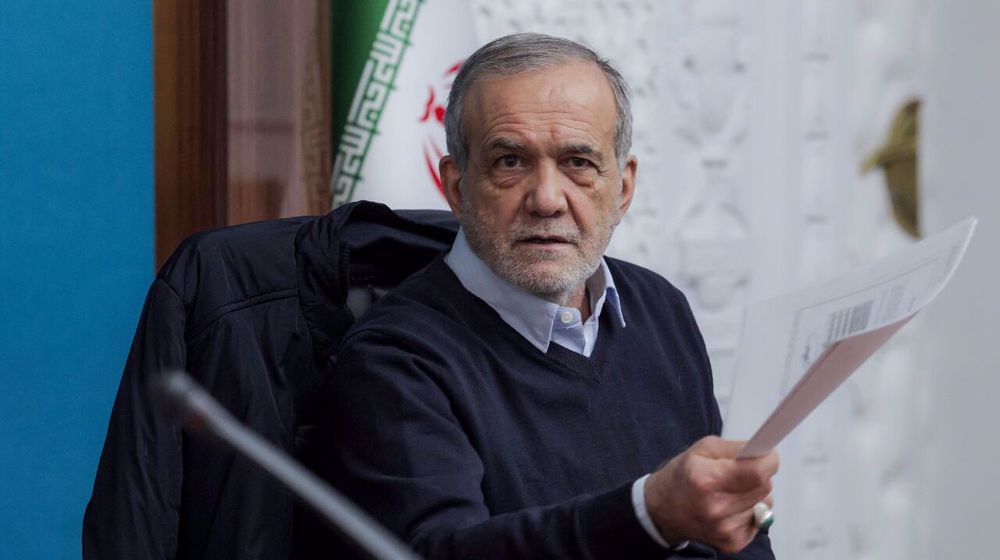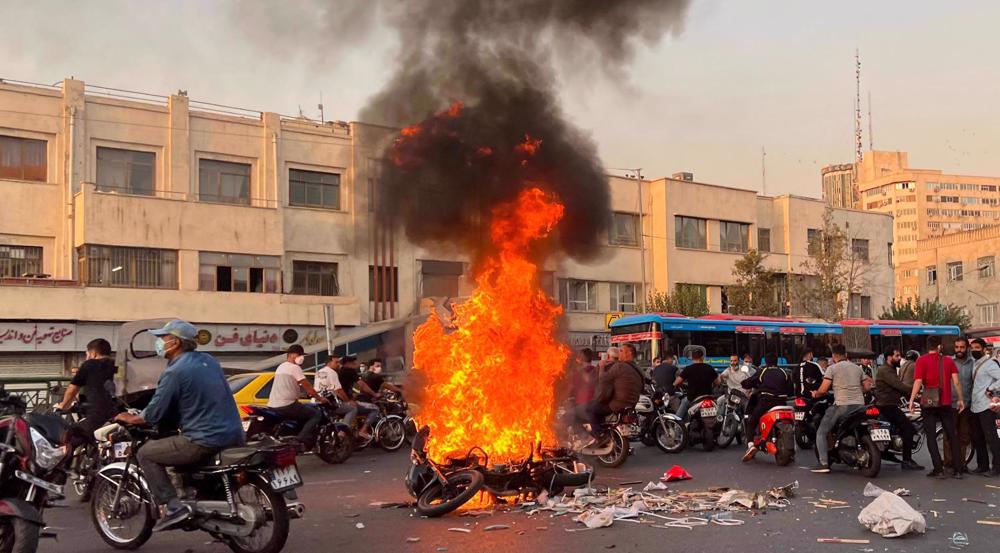Rouhani shakes up economic team ahead of sanctions
Iran has got a new central bank governor as the country is struggling to check a steep depreciation of the rial and root out a series of irregularities in its banking system.
Abdolnaser Hemmati, 61, replaced Valiollah Seif as the top Iranian banker following a cabinet meeting on Wednesday, the Tasnim news agency reported.
Hemmati was a former instructor of economics at University of Tehran, before serving as the head of the Central Insurance of Iran, as well as Sina Bank and Bank Melli.
He had been named as Iran’s ambassador to China but his new post means the plan has been cancelled.
In his address to the cabinet Wednesday, President Hassan Rouhani cited reform of the banking system, financial and monetary policies, and the improvement of banking relationships with the world as well as preserving foreign exchange reserves as the priorities of the new head of the central bank.
Rouhani described the new central bank head an educated and well-informed person, an experienced banker and insurer, with good manners, high spirits and strong capabilities, recommending all members of the government to cooperate with him.
The president also thanked Seif for his services, hailing him as a “very healthy and valuable manager who was seriously implementing all government policies.”

Seif’s tenure, however, saw Iran’s national currency lose its value against the US dollar by more than three times. The dollar was trading for about 30,000 rials when he took over five years ago. Now, it is changing hands at more than 90,000 rials on the unofficial market.
It also marked several illegal credit institutions going bust, locking in the savings of several thousands of depositors whose appeals to the government for help have largely gone unanswered.
The market reacted positively to the news, with the dollar and gold coins which serve as a barometer of the economic situation shedding value.
The gold coin settled down at 33,000,000 rials on Wednesday, after setting a new record high of 35,000,000 rials a day before.
Market watchers expect the prices to drop further in the coming days because of new monetary and forex policies which President Rouhani’s new economic team is likely to announce.
Tayebnia for Plan and Budget Organization
On Wednesday, head of Iran's Plan and Budget Organization Mohammad Baqer Nobakht was reported to have tendered his resignation and that Ali Tayebnia was about to take over as the chair of the body which drafts the country’s annual budget, but the presidential office denied it.

Tayebnia served as minister of economic affairs and finance during President Rouhani’s first term, whose exclusion from the new cabinet surprised many Iranians.
Tayebnia is known for monetary discipline which has now become the government’s main liability because of an unchecked liquidity flow and credited with bringing Iran’s inflation rate from as much as 40% down to single digits.
Finance minister also leaving: Report
Other reports said Minister of Economic Affairs and Finance Massoud Karbasian is about to be replaced with Shapour Mohammadi, head of Iran's capital market regulator, Securities and Exchange Organization.

The cabinet reshuffle comes as Iran battens down for the arrival of new US sanctions after President Donald Trump’s withdrawal from an international nuclear deal with the Islamic Republic.
The first group of unilateral US sanctions on Iran’s automotive sector, gold trade, and other industries will “snap back” on August 4. Further sanctions on oil and transactions with the Central Bank of Iran will come into effect November 6.
Trump’s belligerent tweet on Sunday, threatening Iran with “consequences the likes of which few throughout history have ever suffered before”, sent the Iranian national currency into a tailspin.
However, many economists believe the market volatility is partly driven by domestic factors and whipped up by speculators who fix forex prices.
In April, Seif’s decision to enforce a fixed rate for the rial sparked a boom in black market exchanges, forcing the central bank to backtrack as the currency's street value crashed to record lows.
Trump, Netanyahu orchestrated deadly riots to destabilize Iran: Hezbollah chief
VIDEO | Trump hesitant, Iran firm & resilient
'Hands off Greenland': Massive anti-US protests held in Denmark, Greenland
Top general warns enemies waging media war against Iran after riots
US threatens to reimpose Caesar sanctions on Syria over SDF operations: Report
VIDEO | Muslims mark Eid Al-Mab’ath, beginning of Prophet Muhammad mission
VIDEO | Israel intensifies strikes as US announces ceasefire phase two
Pakistani FM hopes for peace, security in Iran after foreign-backed unrest










 This makes it easy to access the Press TV website
This makes it easy to access the Press TV website